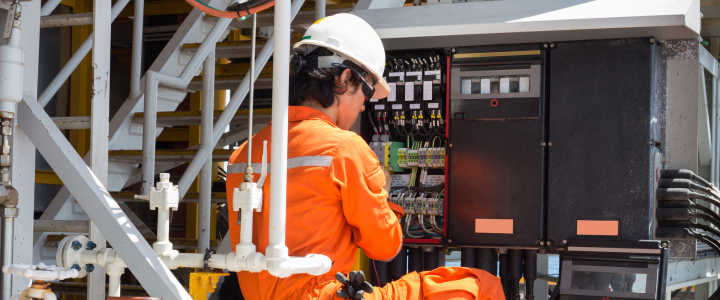OSHA’s electrical standards are designed to protect employees exposed to these dangers and to prevent accidents and injuries.
Importance of Electrical Safety in the Workplace
Ensuring electrical safety in the workplace is paramount to protect employees from potential hazards such as electric shock, electrocution, fires, and explosions. OSHA plays a crucial role in establishing and enforcing standards to safeguard workers in relation to electrical equipment and systems. Their electrical standards encompass various aspects of electrical safety, including the safe examination, installation, operation, and maintenance of electrical equipment.
Common Electrical Hazards at Work
Electrical safety hazards in the workplace are a serious concern that should not be taken lightly. From exposed wiring to overloaded circuits, these hazards pose significant risks to both employees and the business’s overall productivity. Common hazards include:
- Faulty or outdated electrical wiring
- Overloaded circuits and power outlets
- Improper grounding of electrical equipment
- Exposure to live electrical parts or high voltage
- Inadequate or damaged insulation on wires and cables
- Lack of proper maintenance and inspection of electrical systems
- Improper use of extension cords and power strips
- Inadequate training on electrical safety procedures
- Accidental contact with water or other conductive substances
- Insufficient labeling and signage for electrical hazards
Organizations must prioritize electrical safety measures and implement preventive strategies to ensure a safe working environment. By addressing these hazards proactively, businesses can protect their employees, prevent accidents, and ultimately save valuable time and energy that would otherwise be spent dealing with the consequences of electrical mishaps.
OSHA’s Role in Ensuring Electrical Safety
OSHA’s electrical standards are based on national consensus standards such as the National Electrical Code and the Standard for Electrical Safety in the Workplace. These standards provide guidelines and requirements for electrical safety practices and procedures.
For example, OSHA 29 CFR 1910.331-335 defines “Safety Related Work Practices” for qualified and unqualified workers, covering the scope, content, and application of electrical safety practices.

OSHA Standards for Electrical Equipment and Systems
Here’s a brief list outlining the OSHA standards for electrical equipment and systems. These standards prevent electrical accidents and promote a safe working environment.
OSHA Electrical Safety-Related Work Practices
OSHA requires employers to establish safety-related work practices and provide electrical safety training to employees working directly with electrical equipment. This includes procedures to prevent electric shock or other electrical hazards.
Electrical Equipment Inspection
Employers must regularly inspect electrical equipment to ensure it is properly working and defect-free. Any equipment found to be damaged or defective should be promptly repaired or replaced.
Lockout/Tagout Procedures
OSHA requires using lockout/tagout procedures to control hazardous energy during the maintenance and repair of electrical equipment. These procedures help prevent unexpected energization or startup, protecting workers from electrical hazards.
Grounding of Electrical Systems
Electrical systems must be properly grounded to minimize the risk of electric shock to workers. This includes grounding of equipment, electrical enclosures, and conductive surfaces that may become energized.
Electrical Hazard Analysis
Employers must conduct an electrical hazard analysis to identify potential electrical hazards in the workplace. This analysis helps determine appropriate safety measures and protective equipment to mitigate risks.
Personal Protective Equipment (PPE)
OSHA mandates using personal protective equipment, such as insulated gloves, eye protection, and flame-resistant clothing, to protect workers from electrical hazards. The type of PPE required depends on the specific tasks and potential risks.
Electrical Wiring and Equipment Design
Electrical wiring and equipment must be designed, installed, and maintained according to recognized industry standards to prevent electrical hazards. This includes proper insulation, grounding, and protection against overloads and short circuits.
Electrical Safety Training and Education
OSHA requires employers to provide training and education to employees on electrical safety practices, including recognition of electrical hazards, proper use of electrical equipment, and emergency procedures in case of an electrical incident.
It’s important to note that this is just a summary, and there are more detailed requirements outlined in the OSHA regulations related to electrical equipment and systems. Employers should consult the official OSHA standards (Title 29, Code of Federal Regulations, Part 1910 Subpart S) for a comprehensive understanding and implementation of these requirements.
Contact Safety By Design for OSHA Electrical Training in Houston, Texas
By following OSHA’s standards for electrical systems, employers can ensure that their employees are knowledgeable about safety-related work practices and can work safely with electrical equipment. Safety By Design is a professional third-party safety consulting firm offering premier OSHA training services in Houston, Texas.
Request a consultation today to learn more about our safety training solutions.



